Sukhoi Su-35 Joins Philippine Air Force Fleet: A New Era in Defense
The Sukhoi Su-35 is a highly advanced, multi-role, air superiority fighter developed by Russia's Sukhoi Aviation Corporation. Known for its powerful engines, advanced avionics, and exceptional maneuverability, the Su-35 is considered one of the most capable 4.5-generation fighter jets in the world.
1. Context of Acquisition
The Philippine Air Force (PAF) has been looking to modernize its fleet to counter increasing regional security threats and to bolster its defense capabilities. The Su-35 was considered a potential candidate due to its advanced technology, combat effectiveness, and relative affordability when compared to 5th generation fighters like the F-35.
In the context of growing tensions in the South China Sea and the need to strengthen its defense posture, the Su-35 would be seen as a key asset in ensuring air superiority and enhancing deterrence capabilities for the PAF.
2. Key Features of the Sukhoi Su-35
- Role: Multirole Fighter (Air Superiority, Ground Attack)
- Crew: 1 (pilot)
- Engine: 2 x Saturn AL-41F1S turbofans, providing thrust vectoring capabilities for exceptional maneuverability
- Speed: Mach 2.25 (2,390 km/h)
- Combat Range: Approx. 3,600 km with external fuel tanks
- Maximum Takeoff Weight: 34,500 kg
- Armament: Capable of carrying a wide range of air-to-air, air-to-ground, and anti-ship missiles, including R-77, R-73, Kh-31, and more. It also has a 30mm cannon.
- Avionics: Equipped with the Irbis-E radar (which can detect targets at up to 400 km), infrared search and track (IRST), electronic warfare systems, and advanced cockpit displays.
3. Strategic Value for the Philippine Air Force
- Enhanced Air Superiority: The Su-35's exceptional radar and sensor suite allows it to engage enemy aircraft from long ranges, giving the PAF an edge in controlling airspace.
- Regional Deterrence: With its powerful weapons and radar systems, the Su-35 provides a strong deterrent against potential adversaries in the South China Sea, offering a counterbalance to other regional powers.
- Multi-Role Capability: Beyond air superiority, the Su-35 can conduct precision strikes, making it valuable for a variety of mission sets including maritime strike operations, ground attack, and close air support.
4. Challenges and Considerations
- Cost and Logistics: While the Su-35 is a formidable fighter, its acquisition and maintenance can be costly. The Philippines will need to manage training, spare parts, and logistical support, which could present challenges given the complexity of the aircraft and the Philippines' existing military infrastructure.
- Integration with Existing Fleet: The PAF’s current fighter fleet includes older models such as the F-5 and FA-50, which would require significant upgrades in terms of interoperability with the Su-35.
- Political and Diplomatic Implications: The acquisition of Russian fighters could strain relations with the United States, which has historically been a defense partner of the Philippines. It might also impact the Philippines' relationships with other Western allies, potentially complicating defense collaborations.
5. Conclusion
The Sukhoi Su-35 represents a significant leap forward in the Philippine Air Force's capabilities, offering superior technology, firepower, and versatility in the face of evolving regional threats. However, the decision to acquire the Su-35 would come with challenges in terms of cost, logistics, and political considerations. If these hurdles can be overcome, the Su-35 could play a crucial role in enhancing the Philippines' air defense and contributing to regional security dynamics.
Specifications
Spotlights
- This craft is curated
- Rjenteissussy one year ago
General Characteristics
- Successors 1 airplane(s) +14 bonus
- Created On Android
- Wingspan 41.7ft (12.7m)
- Length 61.1ft (18.6m)
- Height 15.8ft (4.8m)
- Empty Weight 29,046lbs (13,175kg)
- Loaded Weight 52,180lbs (23,668kg)
Performance
- Power/Weight Ratio 4.522
- Wing Loading 97.0lbs/ft2 (473.4kg/m2)
- Wing Area 538.2ft2 (50.0m2)
- Drag Points 6486
Parts
- Number of Parts 288
- Control Surfaces 8
- Performance Cost 1,571

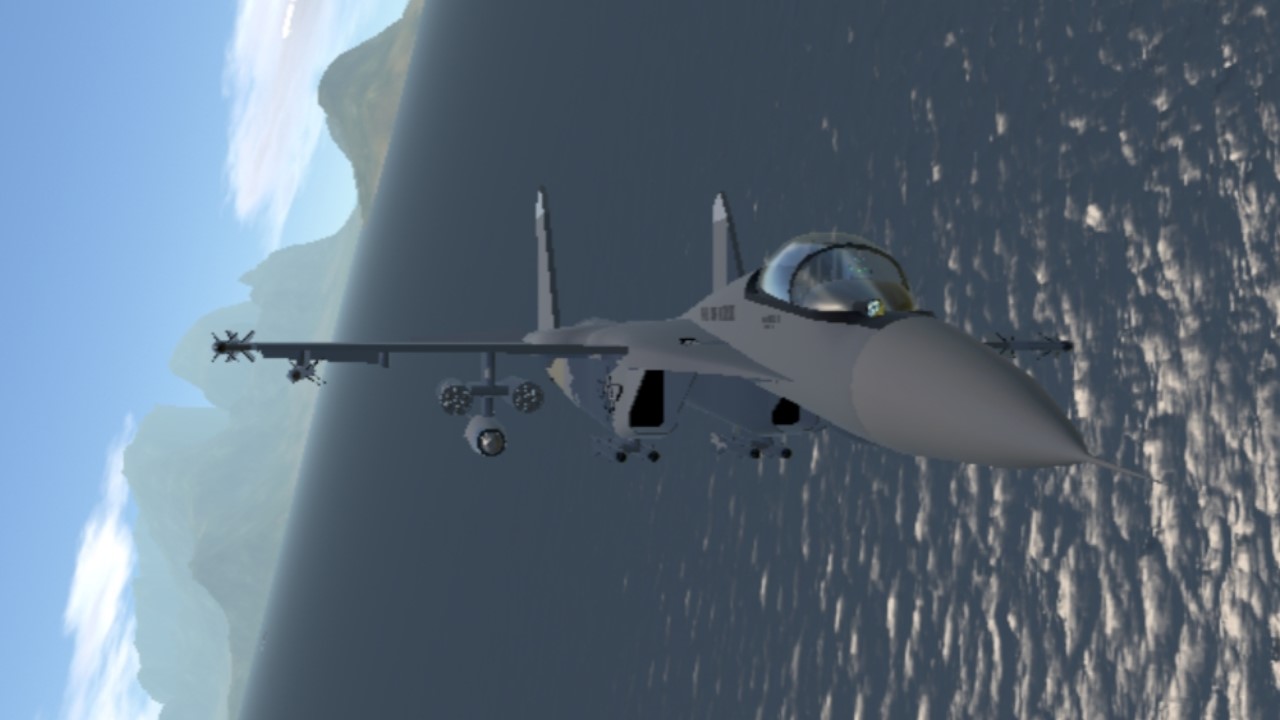
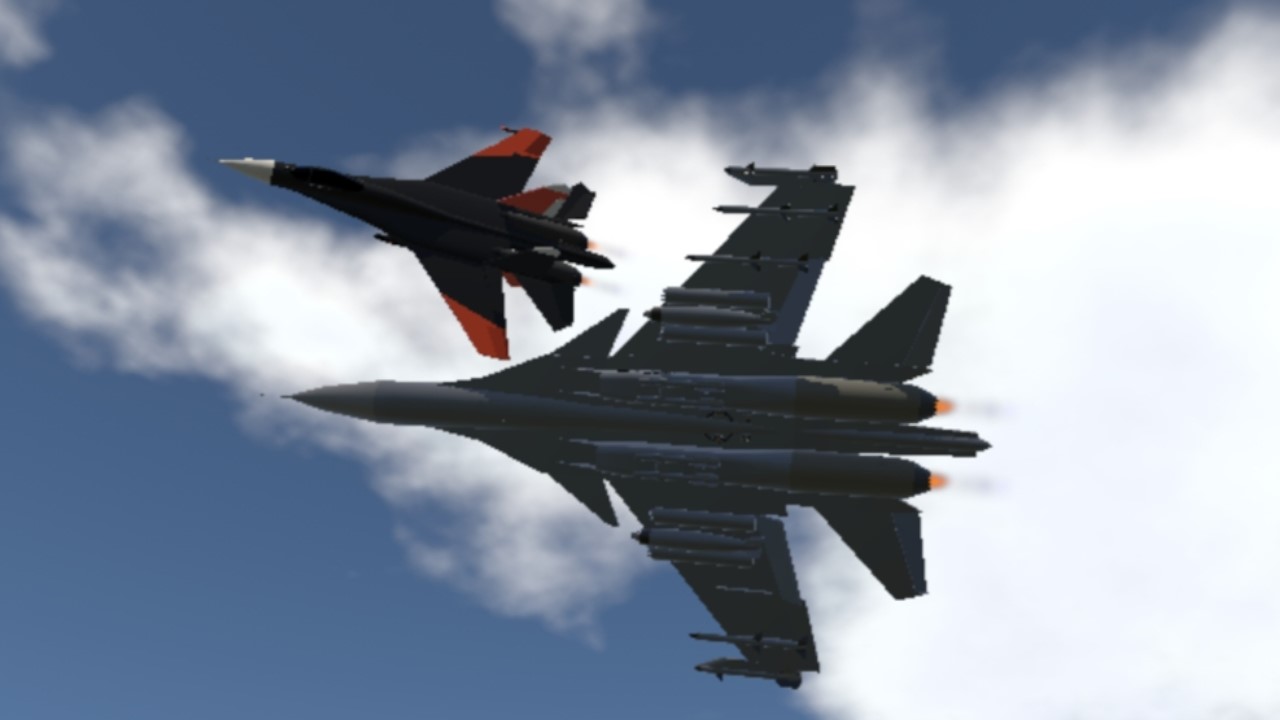
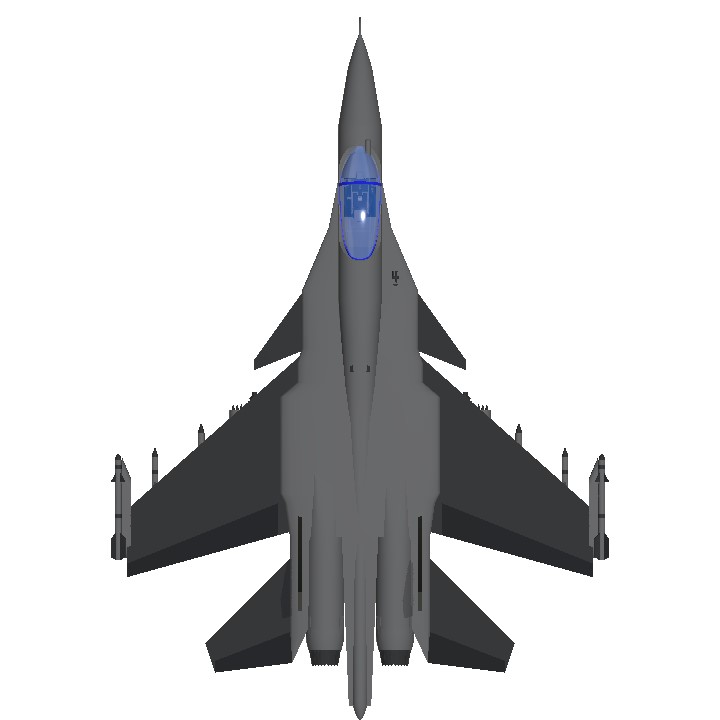
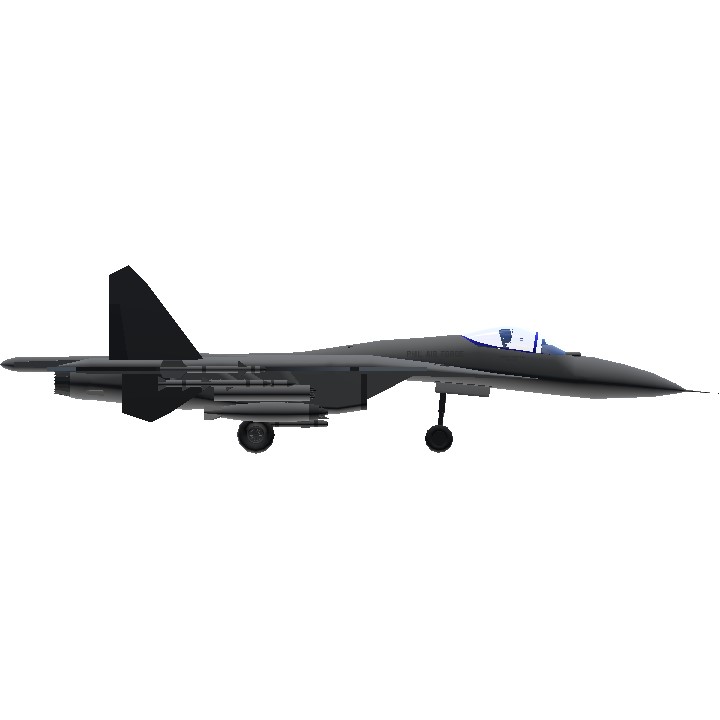
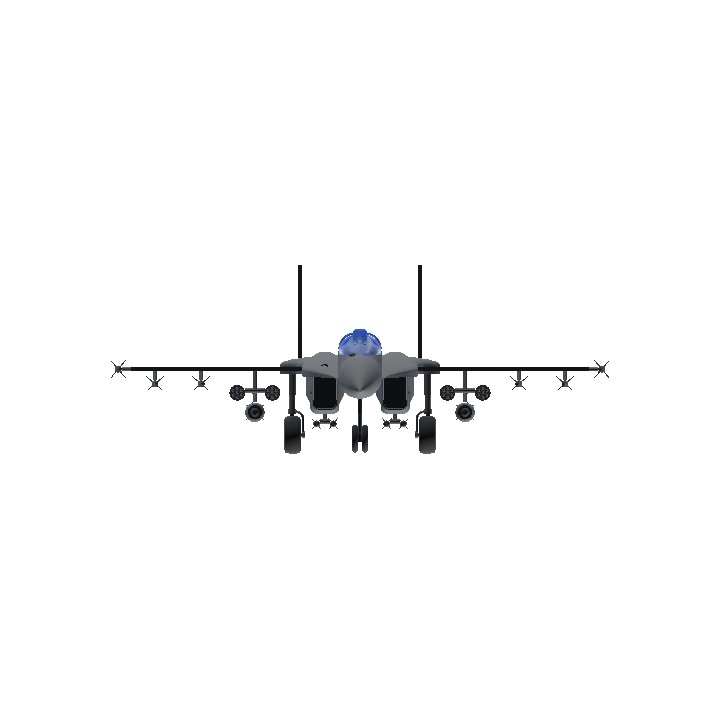
Unlisted| Thrust-vectoring version here available
Pin pls 🥺🙏
cool
@PhantomBoltSP it takes time to make the thrust-vectoring functioning properly
.
They dont need advance fancy thrust vectoring engines. But functioning realistic ones
@Rjenteissussy i put advanced thrust-vectoring nozzle and it didn't work
1: @MiGFOXHOUND31BSM26
2: @cooldude321
3: @spsidearm
Su-35 with canards no thrust-vectoring
Simply Su-33/Su-37
4: @Eagleman101SP